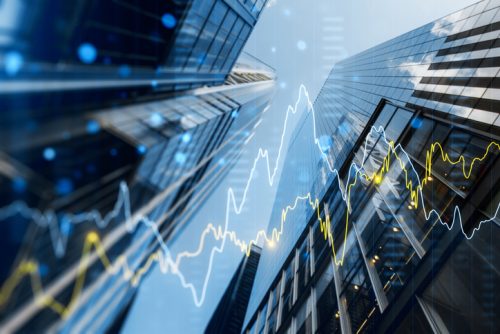Public and private retirement funds represent a considerable source of capital in the United States’ financial markets. In 2007, retirement plans held close to $9 trillion in assets.
Such retirement plans encompass traditional pension plans, also called defined benefit (DB) plans, where assets are invested and managed on a group basis, and defined contribution (DC) plans, where individuals typically direct investments on their own. This Issue Brief examines how these plans invest their assets and how these investments have changed over time.
The past few decades have witnessed significant changes in retirement plan coverage, especially in the private sector. Traditional pension coverage in the private sector has decreased drastically in recent decades. Today, while 80% of state and local government workers are covered by traditional DB pension plans, only 14% of workers in the private sector are covered by DB plans. DC plans, on the other hand, are the primary retirement plan for 10% of state and local employees, but a full 64% of private employees. (Munnell, Haverstick & Soto 2007)
We examine whether the move from DB to DC plans has had an impact on the way retirement assets are invested. Individual investors, for instance, may have a shorter term investment horizon than DB plans. This raises questions about the risk exposure and investment performance of DC plans relative to DB plans. The shift from DB plans to DC plans may have reduced the supply of patient capital over time, meaning that businesses may have a harder time than in the past getting the financing for long-term productive investment projects.





